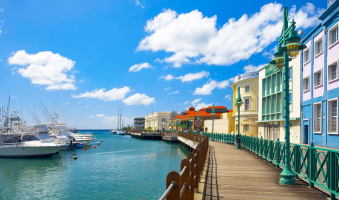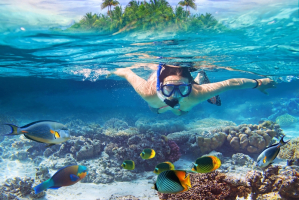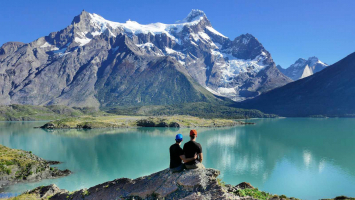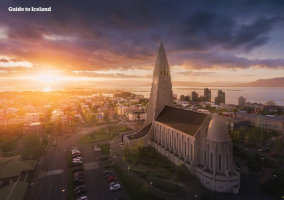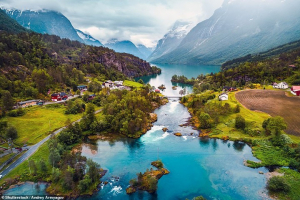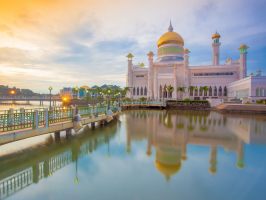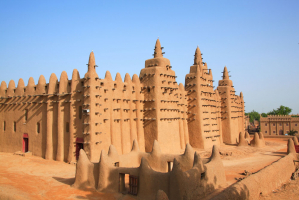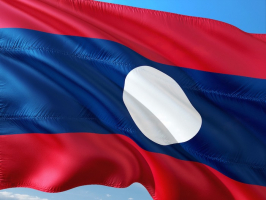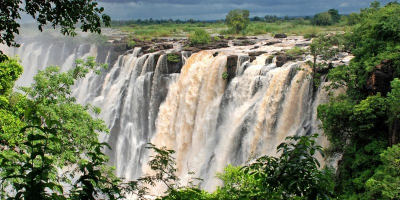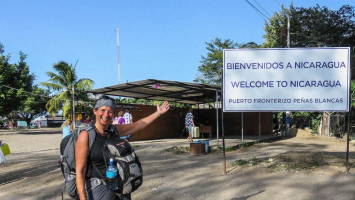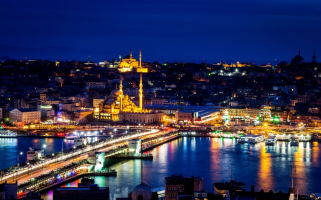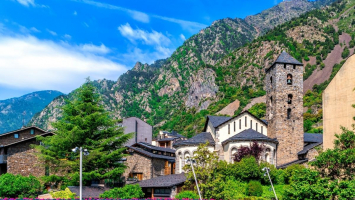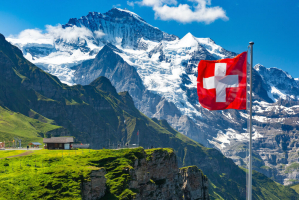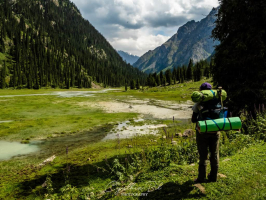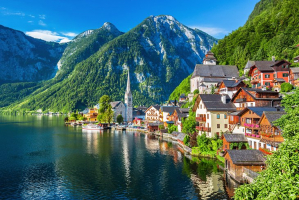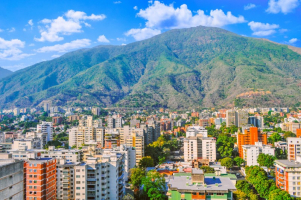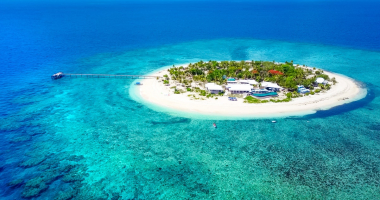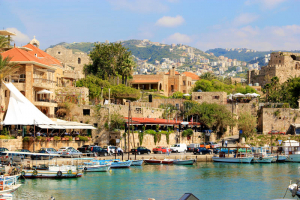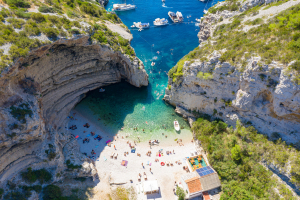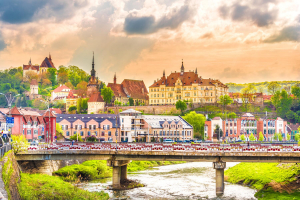Top 11 Things About Slovakia You Should Know
Slovakia, sandwiched between the Czech Republic, Austria, and Hungary, is still a relatively "undiscovered" Central European location. Slovakia, which is ... read more...frequently confused with Slovenia (further south), boasts history, adventure, and breathtaking beauty. If you're considering a trip to Slovakia, these are some Things about Slovakia You Should Know before you travel.
-
The 1993 breakup of Czechoslovakia resulted in Slovakia becoming a self-assured nation. In a peaceful separation from the Czech Republic, each country embraced its own cultures and traditions in order to better define the two territories as unique entities. It won't take long to understand why other travelers are losing out on Slovakia, a country that combines an appealing landscape, rich history, and distinct culture into one small package. This is definitely one of the top Things about Slovakia You Should Know.
Visitors to Slovakia often come to see Bratislava's magnificent Old Town, the war-torn strongholds, the majestic mountains, and the regal castles. This is the place to go if you want to combine outdoor activity with cultural exploration. While most travelers will begin their journey in Bratislava, the far-north High Tatras mountain area should not be overlooked by adventurous travelers. On the way to the Tokaj wine region in Slovakia's sparsely populated east, Koice is a delightful stopover. There's a lot to do in Slovakia, but our travel guide will show you how to see it all.
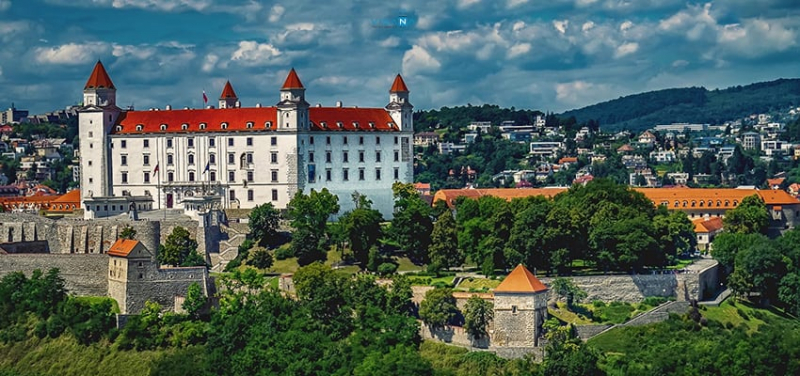
visana.vn 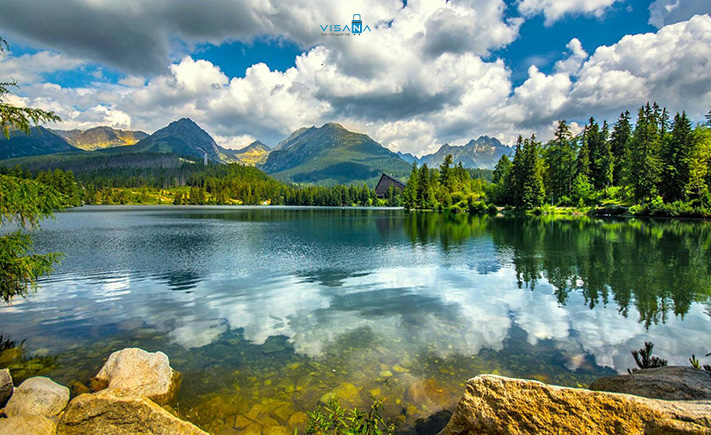
visana.vn -
When you get off the airline, train, or car that took you to Slovakia, the chances are that you'll be in Bratislava. Since Slovakia's independence, this city of roughly 425,000 has served as the country's capital, and it's a colorful mix of styles. As you explore each castle and palace, you can expect to see Gothic, Baroque, and Renaissance architecture all in one walk. Blocky apartment complexes harken back to the influence of the Communist Party of Slovakia, which contrasts sharply with the opulent forms of prior decades. During the day, you'll be wandering the beautiful Old Town and perusing cafes and stores, but after the sun sets, you'll be unable to ignore the noisy nightlife. Bachelor parties from Vienna frequently travel to Bratislava to take advantage of the city's endless supply of beer and boisterous bars. If you want to be social, Bratislava is the place to go.
Or if you are an extreme sports lover, you can take a trip to the High Tatras mountain range. The High Tatras are part of the greater Carpathian range, which stretches across the Slovakia-Poland border. There are ski resorts, over 600 kilometers of recognized hiking paths, and charming mountain communities to visit in this area. The Tatranská Magistrála trail, which connects the mountains from east to west, is popular among long-distance walkers. The tracks are popular with mountain bikers and snowshoers. Climbers can test their skills on unusual routes. To summarize, if you're looking to get outside, this is the place to be!
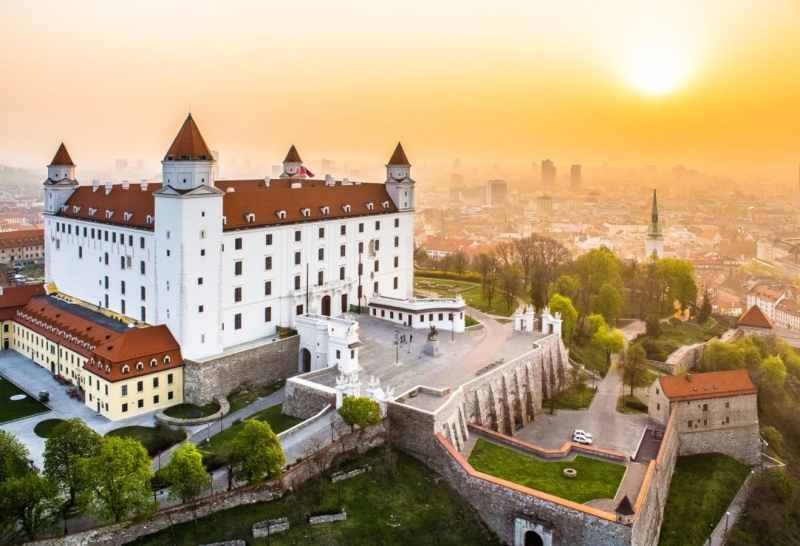
gody.vn 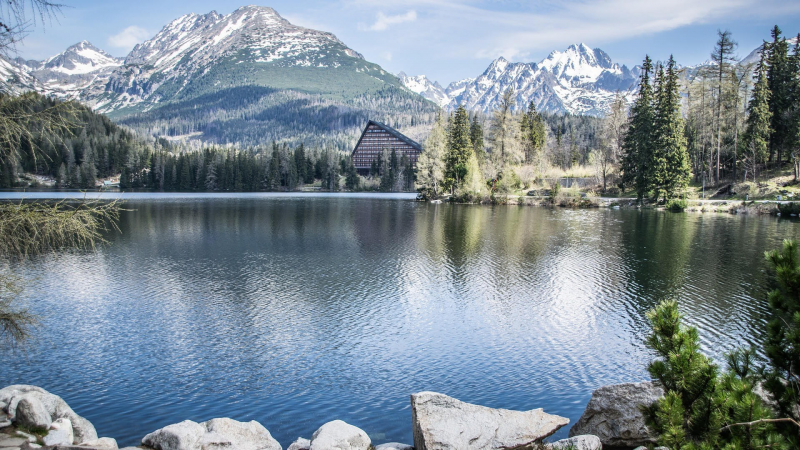
kafkadesk.org -
The adventure traveler and the casual tourist can both find much to do in Slovakia. This is definitely one of the top Things about Slovakia You Should Know. So you’ve got mountains, you’ve got snowy winters… All you'll need is a pair of skis! The most popular ski resorts in Slovakia are Jasná Nízke Tatry–Chopok (excellent for advanced and free-riders), Tatranská Lomnica (good for beginners), and Park Snow Donovaly (ideal for families with children). Try Ski Mlynky if you prefer cross-country skiing over downhill skiing. "Uphill skiing," which is practically the same as alpine touring, is one of the most popular snow activities in Slovakia right now. Skiers will climb the hill wearing skins and detachable heel boots, then shed their skins and lock in to descend.
Besides, Slovakia has a booming mountain biking industry, so those wishing to explore the country on two wheels will be quite at home. Trails range in difficulty from beginner to advanced, and trailheads are conveniently located near Bratislava. The Veln Biely Kr – Mal Slavn Bratislava Loop from Bratislava hlavná stanica (a mouthful), the Sandberg – Rozhladna Devinska kobyla Loop from Devnska Nová Ves, and the Forest Path Loop from Koice are among the country's top-rated routes.
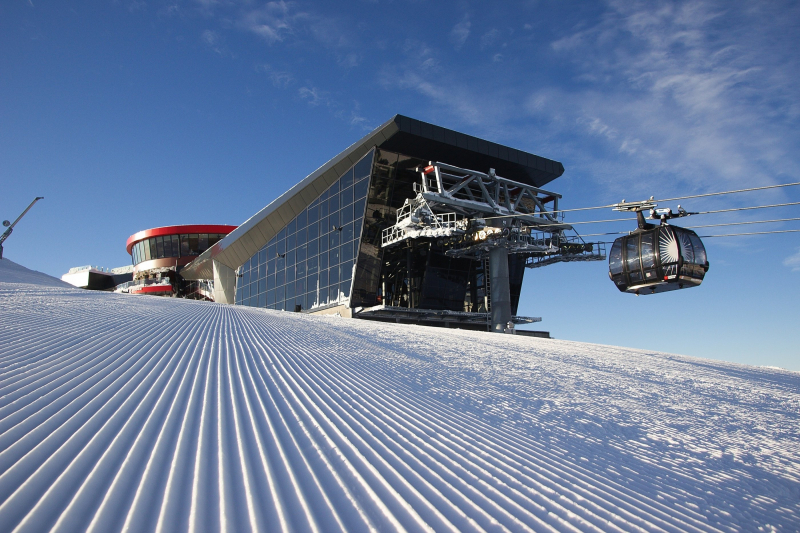
hotelchopok.sk 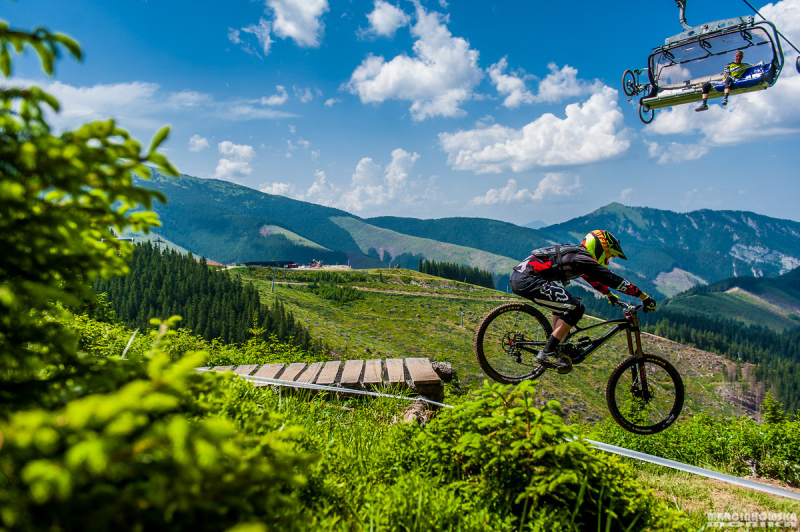
vitalmtb.com -
Are you planning the trip of a lifetime to Slovakia? A guided or self-directed trip can relieve stress by allowing you to relax and enjoy the surroundings while your accommodations, transportation, meals, and activities are taken care of. This is definitely one of the top Things about Slovakia You Should Know.
You've probably figured out that if you're seeking for adventure in Slovakia, you'll head to the mountains in the north. The mountain ranges in Slovakia get increasingly impressive as you travel north, and this is where you'll find some of the country's best hiking, mountain biking, skiing, and snowshoeing. The Carpathian Mountains descend into central Slovakia before giving way to more level terrain. The Central Western Carpathians include the popular High Tatra range, which contains one of Slovakia's most popular national parks. The Ore Mountains, which are a major economic feature, are located further south (judging by the name, you can probably guess why).
Outside of the mountains, Slovakia is mostly lowland, with the Danube River running along the southern border. The Danube, a major link through Central Europe (and a fantastic site for a river tour! ), drains all of Slovakia's smaller rivers south. The western lowlands are dominated by Bratislava, whereas the eastern lowlands, albeit sparsely inhabited, are home to a wide area that stretches into Hungary.
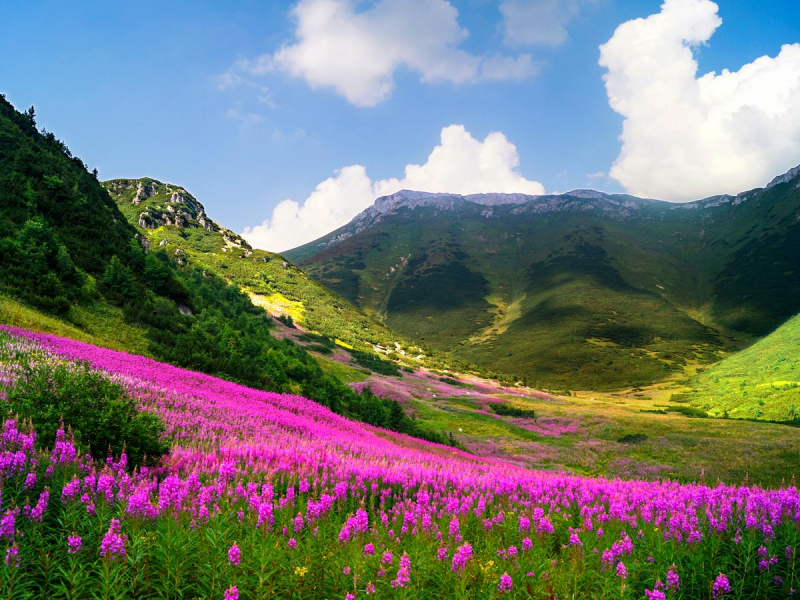
10adventures.com 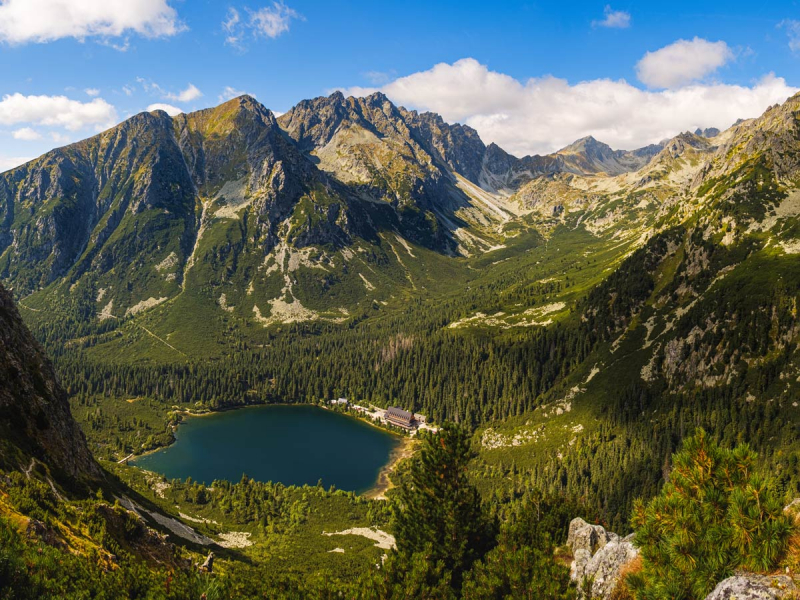
10adventures.com -
There's good news! Travelers won't have to break the bank to visit Slovakia. This is definitely one of the top Things about Slovakia You Should Know. Slovakia preserves an aspect of affordability due to its undervalued travel reputation, whereas other, more well-known European countries (looking at you, Scandinavia, France, and Switzerland) demand some major splashing. While it doesn't compare to well-known cheap destinations, it's a terrific opportunity to get a taste of Europe without blowing your budget. For the sake of uniformity, we'll discuss costs in US dollars.
Flights to Slovakia vary widely in price depending on where they depart from, making it accessible to those in Europe but out of reach for many travelers. Flights from North America should cost somewhere between $700 and $1,000, depending on where they depart from. Travelers in Europe may be able to find flights for as little as $100!
While the cost of living in Slovakia varies greatly, plan to spend between $40 to $90 per day on food, transportation, and sightseeing. If you're planning a special trip, you should select a provider ahead of time and budget accordingly. One of your most effective financial tools is where you sleep each night. A midrange single-occupancy hotel will set you back around $50 per night (more like $80 or $90 for two people), while a cheap hotel or hostel will set you back around $40 per night. Hotel rooms in high-end hotels can cost upwards of $300 per night. Restaurant meals start at around $10, with lunch being frequently less expensive. Beer is quite inexpensive here, with pints costing as little as $1.50. Fast food meals should cost roughly $6, whereas a three-course meal at a mid-range restaurant should cost around $35.
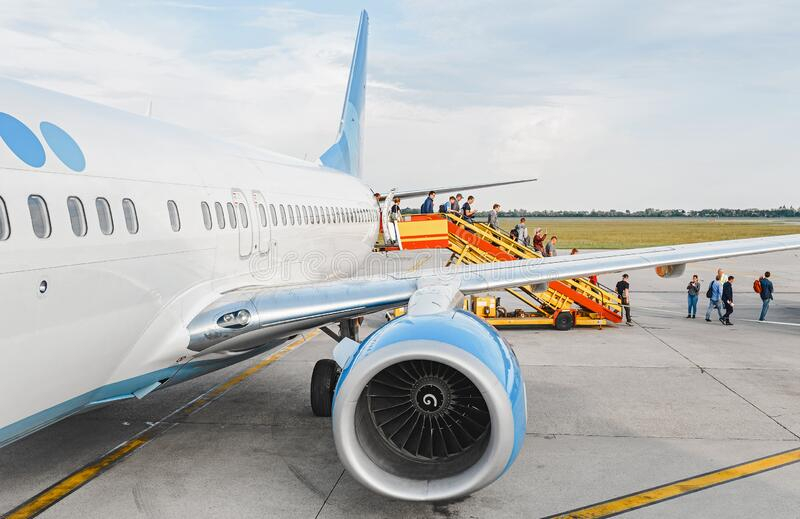
dreamstime.com 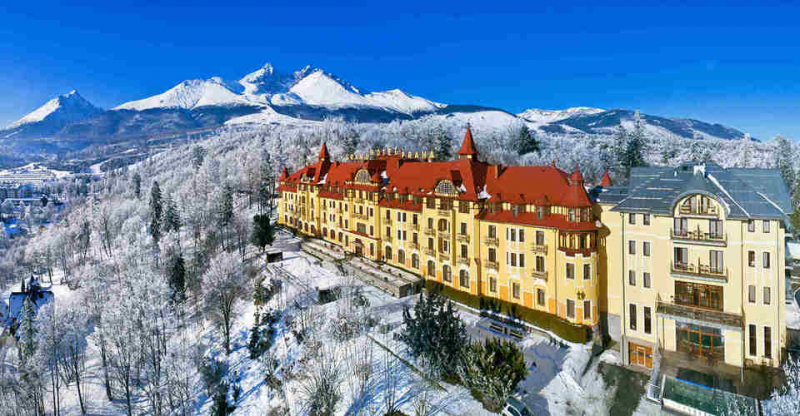
historichotelsofslovakia.com -
Slovakia is a relatively safe destination, with little to worry about aside from basic safety precautions. People are likely to be nice and polite in general. This is definitely one of the top Things about Slovakia You Should Know.
There are a couple of tourist-targeted frauds in the area. First and foremost, despite the fact that it may appear to be a fantastic time, be wary of good-looking strangers who invite you to a specific pub. This is a classic scam in which tourists are overcharged for beverages all night long. While you may still have a good time, your bank account will take a heavier knock than necessary.
In addition, some taxi drivers, particularly in Bratislava, would try to overcharge tourists. Make sure you're in an official cab (if you're unsure, have the bar or hotel call one for you) and insist on paying what the meter says.
Aside from those specific frauds, simply maintain the same level of vigilance as you would in any other situation. Keep your wallet and pocketbook secure, especially in crowded areas; be cautious at ATMs; avoid wearing showy jewelry when traveling; be wary of assertive or aggressive people, and keep an eye on your drinks at the bar.
Those planning a trip to the mountains should hire a guide. If not, make sure you're well-prepared with maps, GPS routes, appropriate clothing and footwear, and off-trail contacts who know where you're going and when you'll be back.
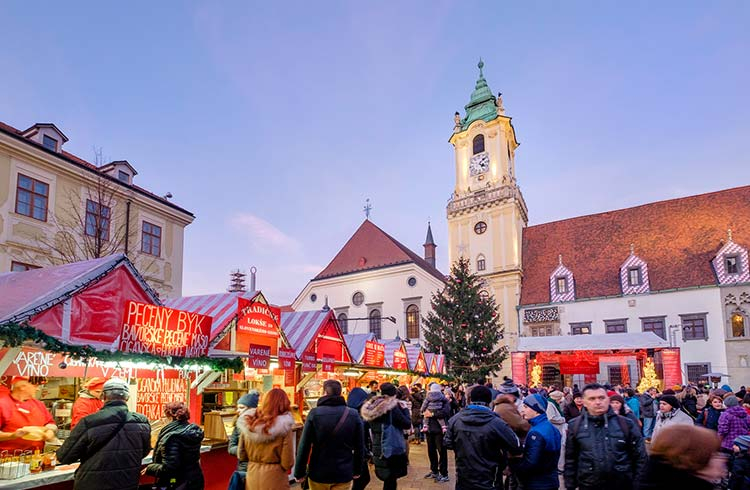
worldnomads.com 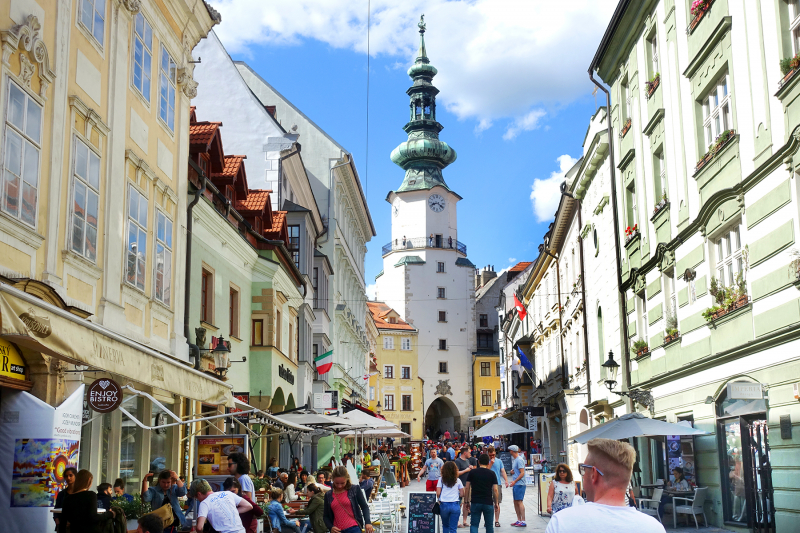
ricksteves.com -
The climate is generally continental, with short, hot summers and cold winters. The greatest time to visit Slovakia is in the spring when the days warm up quickly and the weather remains lovely and mild for the majority of May. It's also blossom season, which means the fruit trees that border so many Slovak roadways are in full bloom. Autumn is also a good time to visit, as the weather is usually clear and stable for days on end in September and October. Because Slovakia is extensively forested, this is also an excellent time to enjoy the changing colors of the foliage.
Winter is a great season to visit Bratislava because the city is covered with snow. Apart from the High Tatras, most of the nation has little to offer in the winter, and most attractions are closed between November and March. Summer is, of course, still the busiest season for visitors. Temperatures are unquestionably at an all-time high, with the occasional heat wave pushing readings well above 30°C.
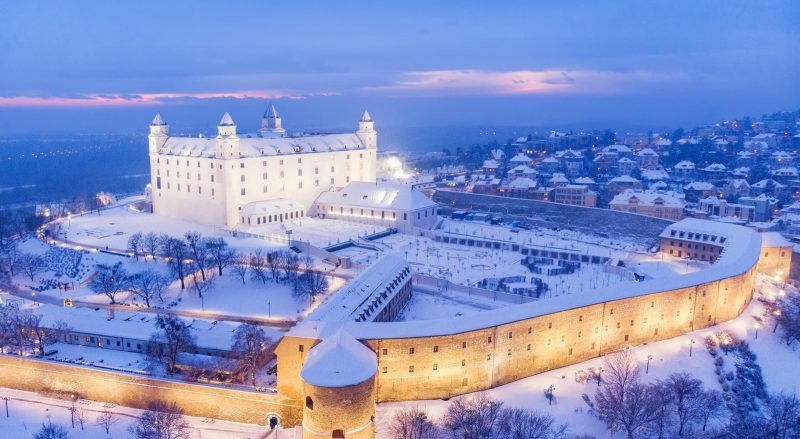
visitbratislava.com 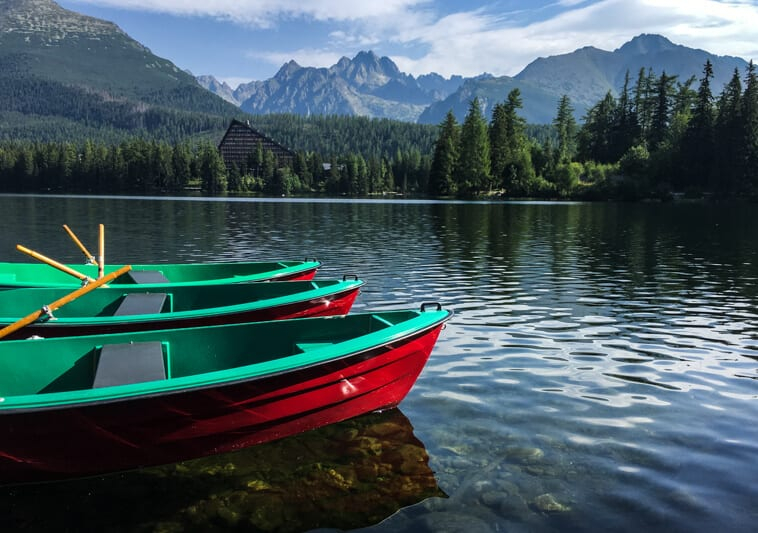
ytravelblog.com -
Slovakia is a member of the Schengen area, which is a group of European nations with uniform visa requirements. On the Schengen Visa Info website, you can discover a list of countries whose citizens must apply for a visa before visiting Slovakia but always double-check with your local travel authorities. You may need to apply for a visa only to change flights in the Schengen area, depending on your place of origin. Citizens of Canada and the United States, for example, do not require visas. In most cases, tourist visas are valid for 90 days. This is definitely one of the top Things about Slovakia You Should Know.
Whatever visa category you fall into, you'll always require a valid passport that was issued within the last 10 years and is valid for at least 3 months after your departure date. Certain criminal convictions may bar you from entering Slovakia, so double-check before time to make sure you're eligible.
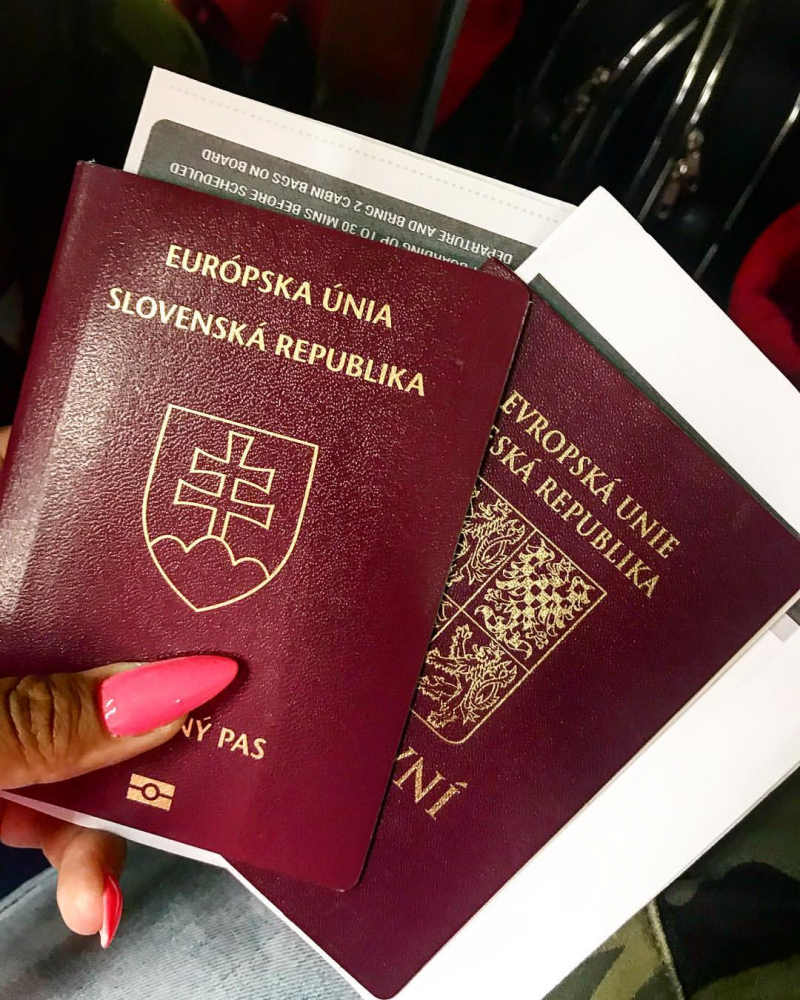
fastlagos.com 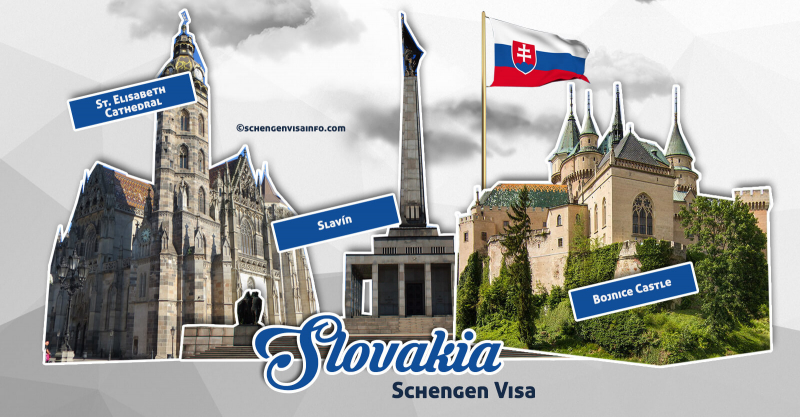
schengenvisainfo.com -
The cuisine of Slovakia differs slightly from region to region. It was influenced by its neighbors' traditional cuisine, and it impacted them as well. Traditional Slovak cuisine can be traced back to a time when the majority of the people lived in villages, with relatively limited food imports and exports and no modern food preservation or processing methods.
As a result, the cuisine became strongly reliant on a few staple ingredients that could withstand the scorching summers and harsh winters. Wheat, potatoes, milk and milk products, hog meat, sauerkraut, and onion were among them. Beef, poultry, lamb, and goat, as well as eggs, a few other local vegetables, fruit, and wild mushrooms, were traditionally consumed to a lesser extent.
All of these items were typically produced and processed by families, with some local trading at country markets. Wheat was ground and used to make bread, dumplings, and noodles. The majority of potatoes were boiled or turned into potato dough. Milk was used to make butter, cream, sour cream, buttermilk, and several forms of cheese, among other things.
Sausage, smoked bacon, and lard are all common pork products. Spices were not frequently utilized, and cooking oils were replaced with animal fats and butter. Fresh and sour milk, as well as beer, were the most popular beverages. Slovak cuisine today is influenced by a variety of foreign cuisines and incorporates a variety of ingredients, spices, and industrially processed goods.
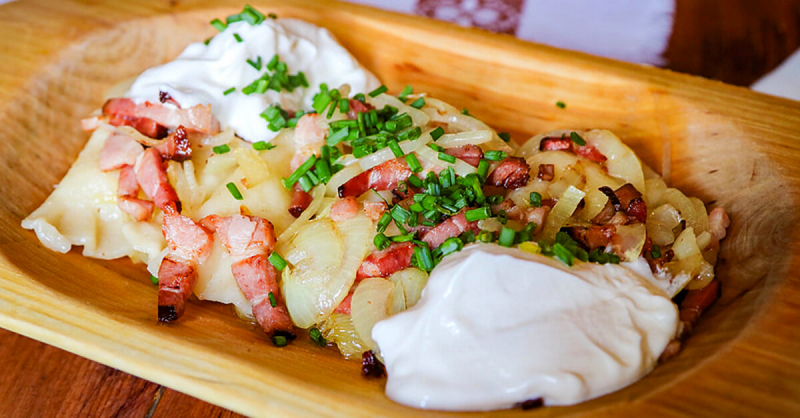
whereisyourtoothbrush.com 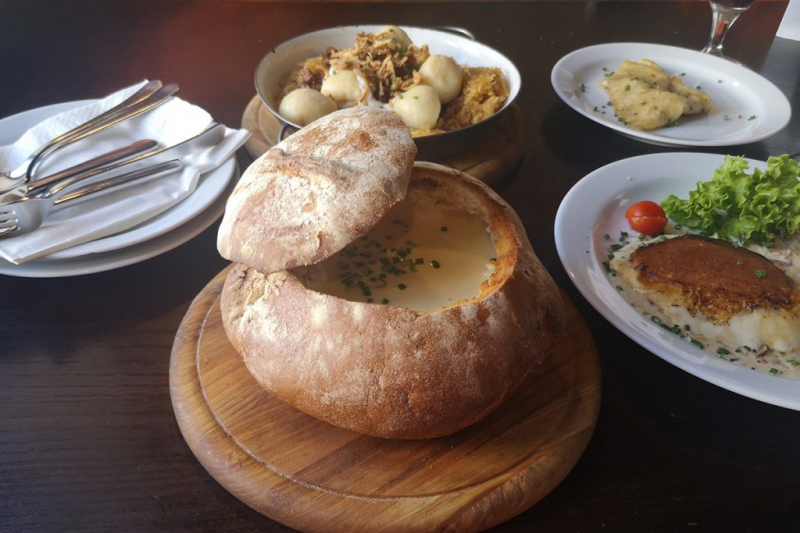
careergappers.com -
Slovaks are wonderful, kind people that know how to have a good time and enjoy celebrating numerous holidays. Every town, village, and city in the country has its own festival, fair, or holiday. Slovaks cherish and honor traditions, therefore a variety of festivals, festivities, and fairs are held all around the country in some manner or another. Given the Slovak love of agriculture, it's not surprising that a big portion of the country's holidays is devoted to gastronomic and drinking customs and traditions.
Slovaks celebrate the ancient pagan celebration of St. John's Day, which falls on June 24. It has inspired a slew of customs and traditions. On this day, young people use boards to construct a cross. On it is a circle that represents the sun. Everyone jumps over the burning cross, dances around it, and has a good time in whatever way they can. These jumps assist in getting clean and maintaining good health. Young females read fortunes and pick herbs over the holiday.
Bratislava also hosts the Flower Festival in April and May. The city transforms into a blooming botanical wonderland when spring arrives. Various flower species from all over the Old World are brought here for display as part of the festival. Exhibition halls can cover up to 4 square kilometers! There is a fair as part of the festival where you may buy your favorite species, view landscape designers' work, and participate in workshops, promotions, and activities.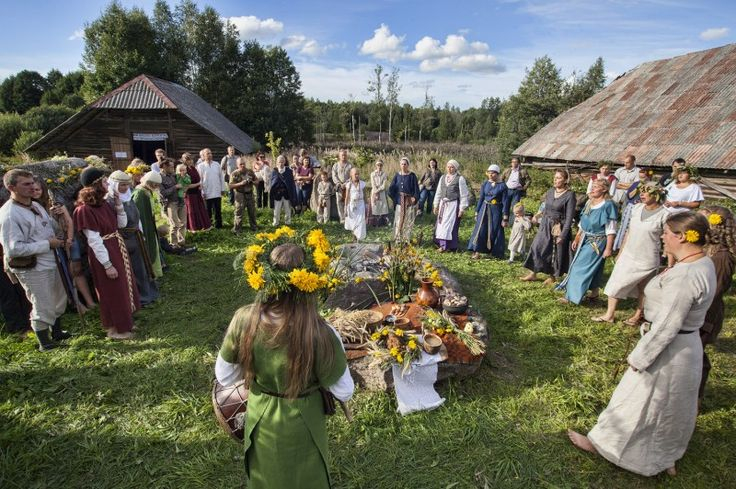
pinterest.jp 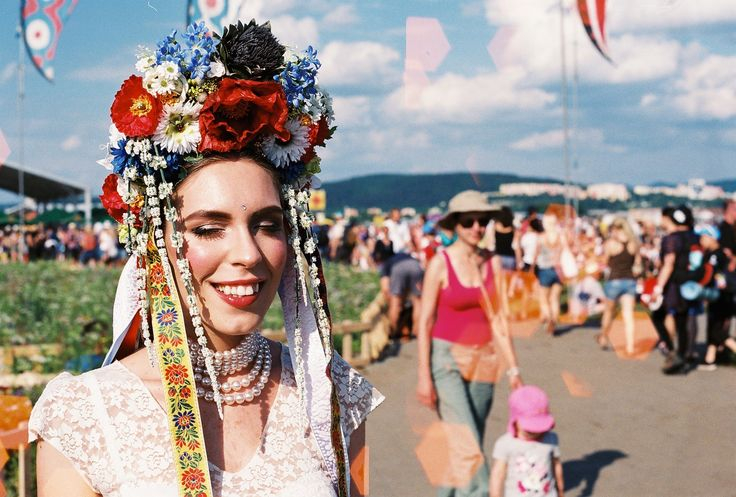
pinterest.com -
Trains are the most convenient (and scenic!) mode of transportation in Slovakia. The route between Bratislava and Košice is the most popular in Slovakia, but trains can also be taken to the country's north and south ends. You should purchase tickets in advance online, as managing the train system without prior knowledge of Slovak can be difficult. Intercity (IC) and Eurocity (EC) are the most popular rail lines (EC). Slovak Railways allows you to buy tickets online.
Renting a car may be the ideal method to get around Slovakia if you like complete control over your travel plans and the freedom to roam around without being bound by a schedule. Car rentals are available in Bratislava, Košice, and Poprad. To drive in Slovakia, you might require an International Driving Permit, so verify with your rental car provider ahead of time. Slovakia's highways are in decent condition, although cities and villages may have potholes, cobblestone streets, and small lanes. Take precautions. In addition, keep in mind that in the snow, winter tires may be required, and you will not be authorized to drive if you have consumed alcohol. Drivers from other nations may find Slovakia's speed limits to be excessive; on the motorway, you'll witness drivers easily topping 130 km/h. Keep out of the passing lane unless passing, and be aware of seasonal speed limit changes.
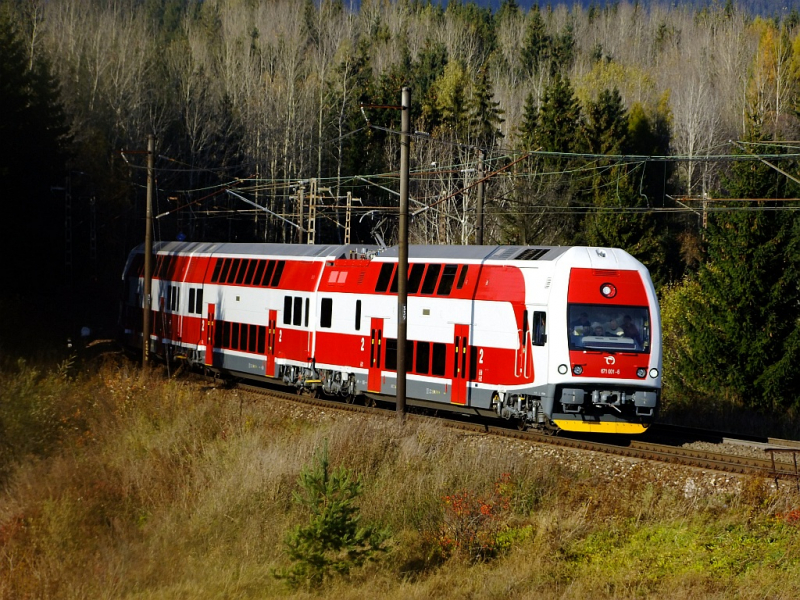
wikipedia.org 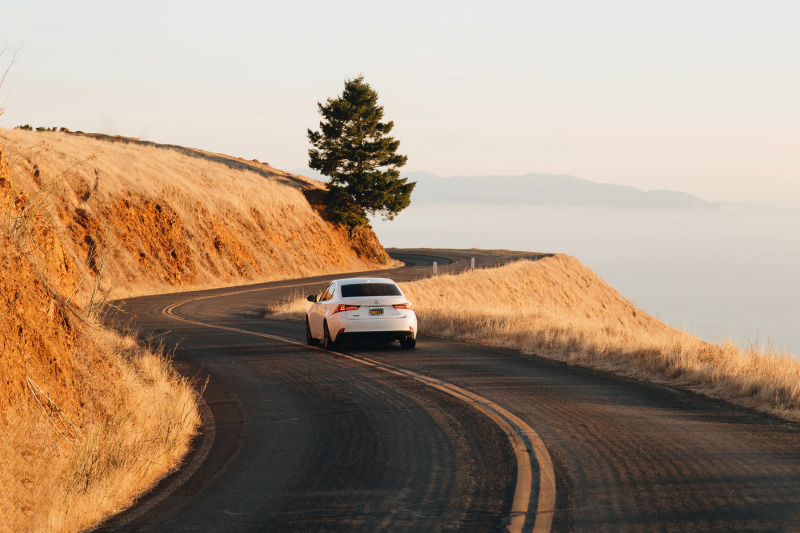
travelandleisure.com













